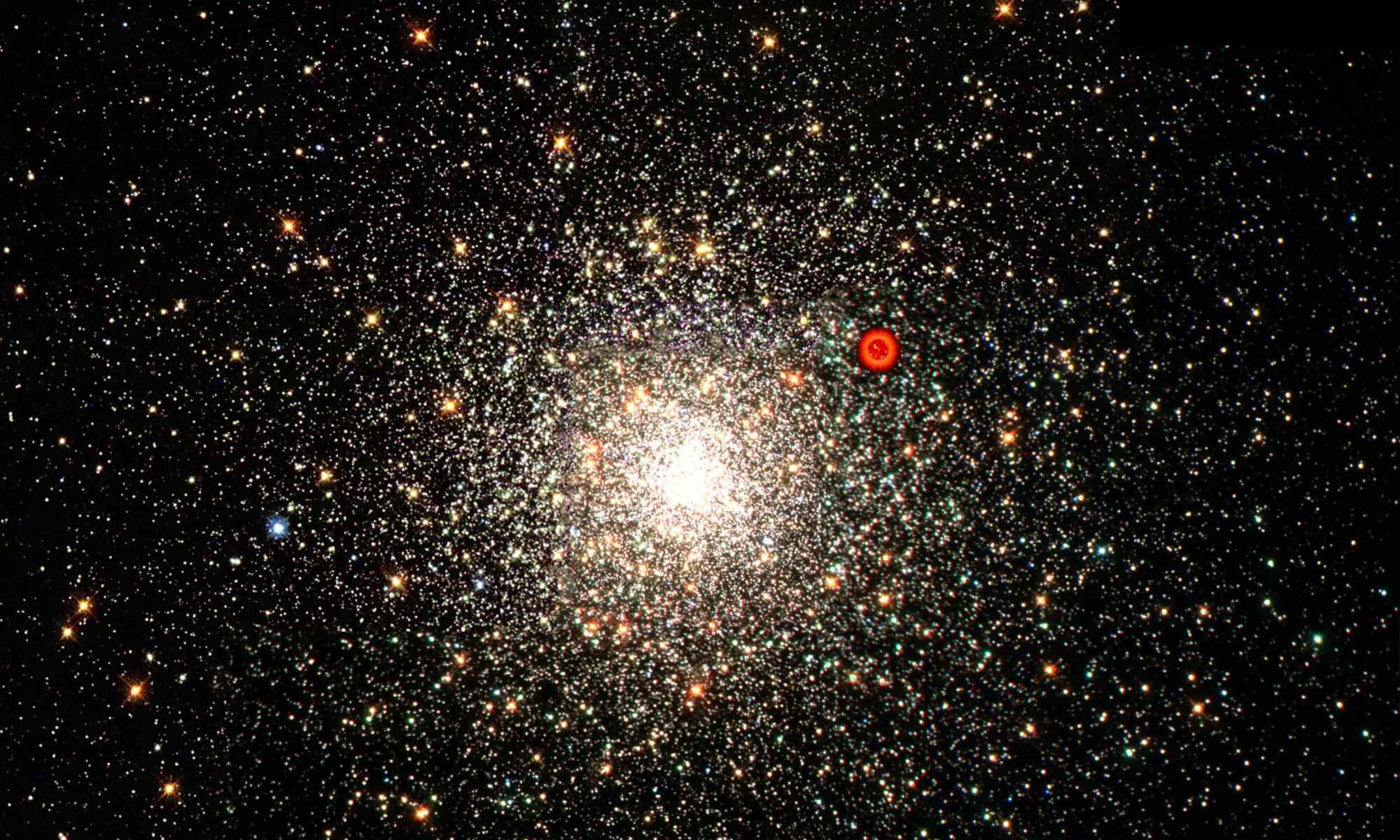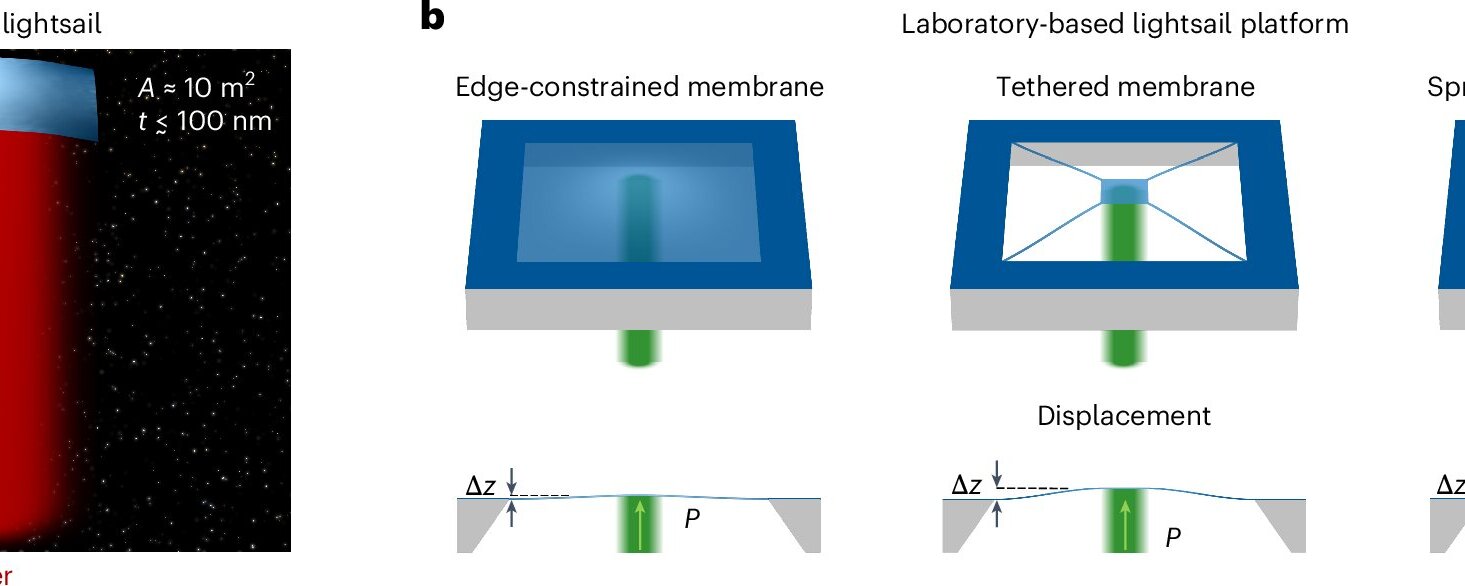Dangerous solar blast detected at Mars by Chinese Orbiter in new episode of Robots In Space!🇨🇳🟠.
Join aerospace engineer Mike DiVerde as he breaks down groundbreaking research on Mars radiation from multiple space missions. This comprehensive analysis combines data from Tianwen-1, MAVEN, ExoMars, and the Curiosity rover to understand the dangerous Solar Energetic Particles affecting Mars. Learn why radiation protection is crucial for future Mars colonization and astronaut safety and discover how space weather impacts potential Mars habitats. DiVerde explains complex space science concepts in an accessible way, drawing from recent research that highlights the challenges of keeping humans safe on Mars. Essential viewing for anyone interested in Mars exploration and the future of human space missions.



